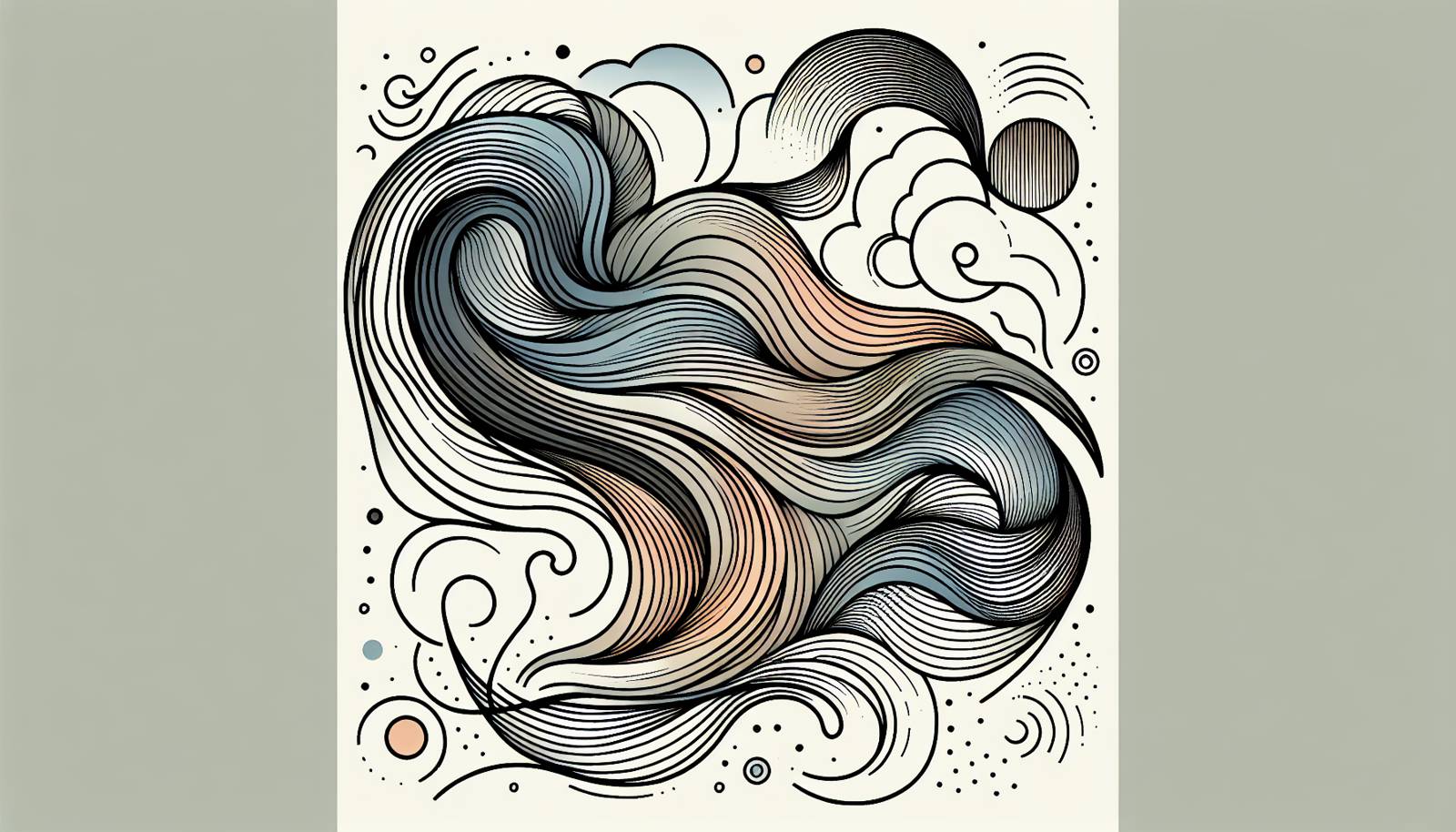
FAQ About Influence of Body Art on Modern Self-Expression

What is body art?
Body art is a form of self-expression that involves decorating the body through various techniques such as tattoos, piercings, body painting, and scarification. It is used to convey personal identity, beliefs, and cultural heritage.

How does body art influence modern self-expression?
Body art influences modern self-expression by providing individuals a canvas for showcasing their personal identity, beliefs, and creativity. It allows people to express their individuality, commemorate life events, or demonstrate affiliations with specific cultures or ideologies.

Are tattoos considered a form of body art?
Yes, tattoos are considered a form of body art. They involve the insertion of ink into the skin to create permanent designs or images. Tattoos can be a method of personal expression, aesthetic enhancement, or cultural representation.

What cultural significance does body art have?
Body art holds significant cultural importance in many societies. It can be a rite of passage, a mark of social status, or a form of spiritual expression. For instance, Maori tattoos are traditionally used to indicate lineage, social status, and achievements.

How has the perception of body art changed over time?
The perception of body art has evolved significantly over time. Once considered taboo or rebellious, body art is now widely accepted as a form of personal expression and artistry. This change is largely due to increased visibility and understanding of its cultural, artistic, and personal value.

What are the different types of body art?
There are several types of body art, including tattoos, piercings, body painting, henna, branding, and scarification. Each type offers different ways for individuals to express themselves and carry different cultural and personal meanings.

Why do people choose to have body art?
People choose body art for various reasons, such as personal expression, cultural connections, religious beliefs, aesthetic enhancement, or to commemorate personal events or relationships. The motivations are deeply personal and can vary widely from person to person.

How does body art contribute to cultural evolution?
Body art contributes to cultural evolution by reflecting societal changes and influencing fashion, art, and self-identity. As societies become more diverse and interconnected, body art can help bridge cultural gaps and foster understanding and appreciation of different traditions and beliefs.

Is body art popular among all age groups?
Body art is predominantly popular among younger age groups, particularly among adolescents and young adults. However, it is increasingly accepted and embraced by older generations who appreciate it as a form of self-expression and art.

What role does media play in the popularity of body art?
Media plays a significant role in the popularity of body art by providing exposure to different styles and forms. With the rise of social media platforms, individuals are more exposed to body art, influencing trends, acceptance, and innovation in self-expression.

Can body art impact professional opportunities?
Yes, body art can impact professional opportunities depending on the industry and corporate culture. Some fields and companies may be more accepting of visible body art, while others may have restrictions or expect workers to cover it during work hours. Trends are changing, with more businesses embracing diversity and personal expression.

What are piercings, and why are they popular?
Piercings are a type of body art that involves puncturing the skin to insert jewelry. They are popular due to their ability to enhance aesthetic appeal, reflect individual identity, cultural significance, and offer a temporary or permanent form of self-expression.

Are there any health risks associated with body art?
Yes, body art can carry health risks such as infections, allergic reactions, and complications related to the healing process. It is essential to ensure that procedures are performed by qualified professionals in a hygienic environment to minimize risks.

How can one safely get body art such as tattoos or piercings?
To safely get tattoos or piercings, choose a reputable studio with certified professionals who adhere to health and safety standards. Ensure the tools are sterilized, follow aftercare instructions, and discuss any health concerns with the artist beforehand.

What legal regulations exist for body art?
Legal regulations for body art vary by location but often include age restrictions, licensing requirements for artists and studios, and health and safety standards. It's important to be aware of the local laws and ensure compliance to avoid legal issues.

How do cultural norms influence body art practices?
Cultural norms significantly influence body art practices by dictating what is considered acceptable or taboo. In some cultures, body art is a traditional practice, while in others, it may be viewed as rebellious or unconventional. Societal attitudes can influence styles, placement, and the meaning attached to body art.

What psychological effects can body art have on individuals?
Body art can have positive psychological effects by enhancing self-esteem, providing a sense of identity, and serving as a form of therapy or self-empowerment. However, societal judgment or personal regrets about permanent decisions can also lead to negative effects for some individuals.

Are there trends in body art that change over time?
Yes, trends in body art have evolved and changed over time, influenced by fashion, cultural exchanges, and technological advancements. Styles, techniques, and motifs go in and out of popularity as societal attitudes shift and new artistic movements emerge.

How do tattoos serve as a form of storytelling?
Tattoos serve as a form of storytelling by allowing individuals to visually express personal narratives, commemorate life events, or pay homage to cultural stories and symbols. Each tattoo can hold a special significance unique to the wearer, making it a personal narrative inked on the skin.

Can body art be removed or modified?
Yes, body art such as tattoos can be removed or modified through procedures like laser tattoo removal or cover-up designs. Piercings can often be closed over time once jewelry is removed. It’s important to consider options and potential outcomes as removal or modification can be costly and may not always fully restore the original skin.
